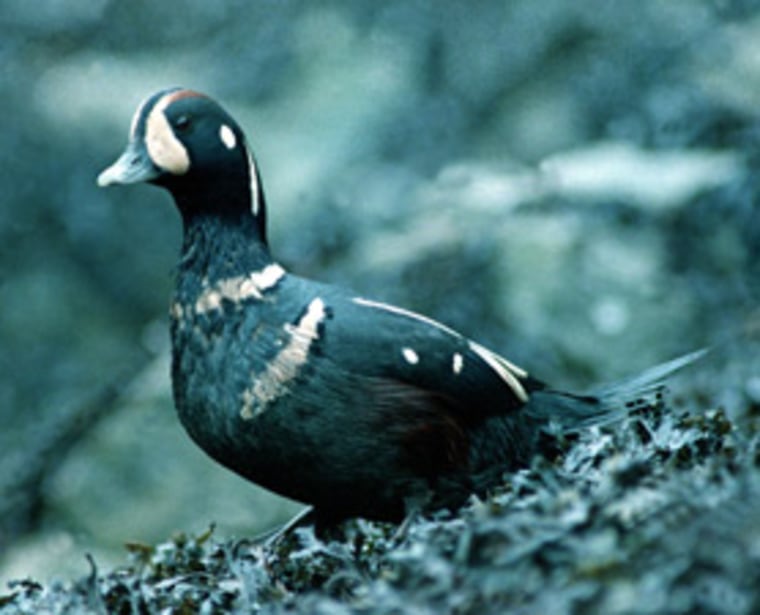When it comes to organizing efforts to rescue wildlife affected by oil spills like the one in the Gulf of Mexico that made landfall in Louisiana late Thursday, timing is everything. Training is essential for volunteers, who could themselves suffer health problems if they should come into contact with the oil.
"The public can't just go out and pick up oiled wildlife," Nils Warnock, field operations specialist at the California Oiled Wildlife Care Network, managed by the University of California at Davis, explained to Discovery News.
He added that an emergency phone number (866-557-1401) has been established where people can report animals affected by the oil spill. The public is encouraged to have ready the number and type of animals, the date and time they were seen, their location and any observations about the animals' behavior.
When trained professionals respond to such a report, they generally go through a seven-part rescue and treatment process.
The first step is to search for, and collect, both live and dead oiled wildlife in the area. Next, the animals are given a full physical examination. The animals are warmed, fed, hydrated and rested for a period of around 48 hours before they are washed in a series of tubs filled with a mixture of diluted cleaning agent and hot, softened water.
The cleaned animals are then placed in outdoor pools, or other appropriate housing. This "pre-release conditioning" can take anywhere from three days to several months, depending on the condition of the animal. The animals then receive another medical examination and are banded or tagged before released back into a clean habitat. The final step is a post-release assessment, which often entails tagging the animals with radio devices and monitoring them.
For smaller marine organisms, such as shellfish and fish, the rescue teams instead try to keep the oil away from them with booms that create a barrier between the slick and the animals.
Casi Callaway is executive director of Mobile Baykeeper, an Alabama-based organization recruiting volunteers now.
She told Discovery News that she's very worried about fish and turtles, since a chemical dispersant used by BP "has broken up the oil and caused it to break up and sink. Fish and other organisms then think it’s food and eat it, leading to long-term problems in the ecosystem as the toxins move through the food chain."
Warnock said the timing and size of the Gulf spill is "just about as bad as you can get for turtles and birds." He explained that many species are now migrating, breeding and nesting in the region.
Dee Boersma, an authority on seabirds and a professor of conservation science at the University of Washington, told Discovery News that wildlife rescue efforts after oil spills are "not cost effective and the animals usually die" shortly after release anyway, due to lasting damage caused by ingestion of oil and other problems.
Although wildlife experts from across the country are traveling to Louisiana and other states to handle cleanup of Gulf oil spill animal victims, frustration and fear remain over the organization and predicted cost of the rescue efforts, as well as the projected long-term scope of the damage.
While rescue costs vary widely, depending on the source of the information, David Jessup and Jonna Mazet of the Marine Wildlife Veterinary Care and Research Center have reported that "the actual cost of collecting and caring for oiled sea otters is about $4,000-$5,000 and marine birds $600-$750 each," which they believe is comparable to "replacement values" for similar animals.
Despite the costs and other problems, Jessup and Mazet conclude that oiled wildlife care and rehabilitation "may have some direct biological and conservation value, and may have considerable indirect conservation value. That is why it is done."
In Alabama, at least three organizations that include the Mobile Bay National Estuary Program, Mobile BayKeeper and the Alabama Coastal Foundation are recruiting volunteers. Virtually all of the volunteers are on hold, however, awaiting direction and resources from government authorities, according to Mobile Baykeeper's Callaway.
"Due to the lack of clear direction, we cannot provide jobs and training to the volunteers now," Callaway told Discovery News as she rushed from one emergency meeting to the next. "I hope we will soon have the resources and authority to move forward."
